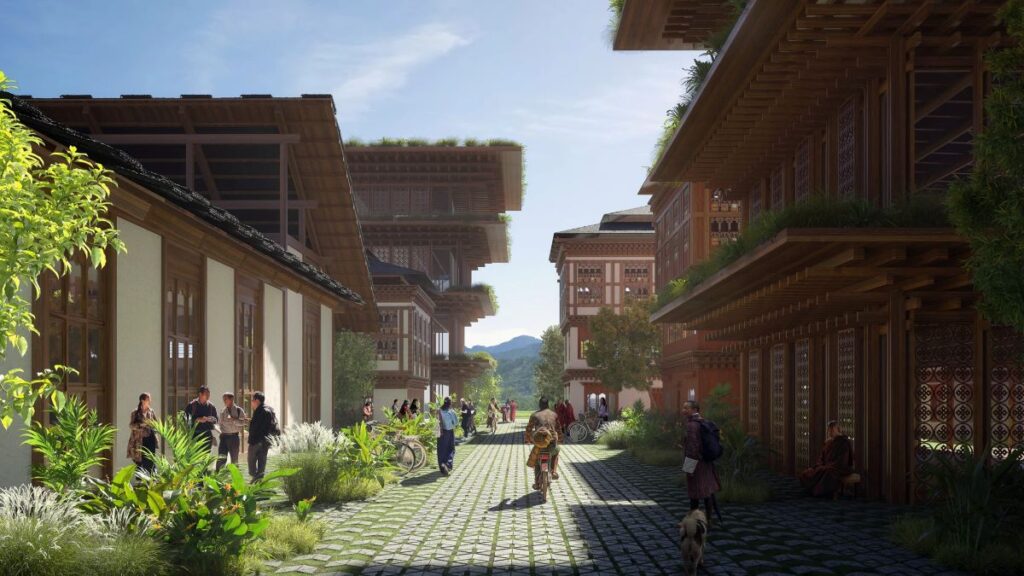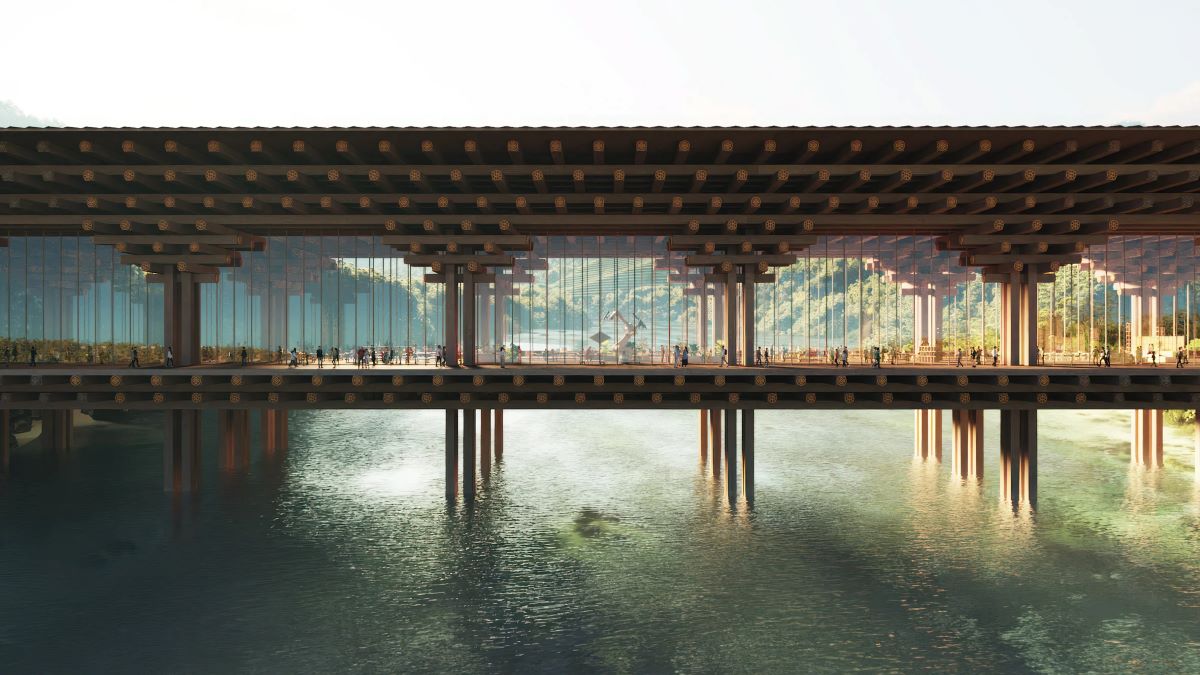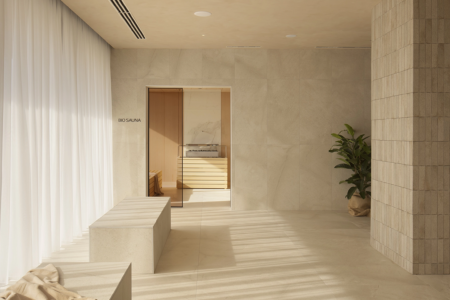The King of Bhutan has announced plans to create a 1,000 square kilometre economic centre inspired by the Bhutanese culture of respect and compassion for others and nature in Gelephu, Bhutan.
Known as the Mindfulness CityThe master plan for the future Special Administrative Region (SAR) of Gelephu is based on Bhutanese culture and its strong spiritual heritage, as well as on the concept of the future Gelephu Special Administrative Region (SAR).Gross National Happiness Index (FNB)* of the country.
The Buddhist country uses GDP (focused on the welfare of its people) as its main measure of development, in addition to GDP..
The aim is for the E.A.R. to lay the foundation for the country's future growth and create economic opportunities for its citizens through investments in green technology, education and infrastructure. Presenting the vision during the country's 116th National Day speech, King Wangchuck described the future city as a "...city of the future...".economic corridor connecting South Asia with South-East Asia across the north-eastern states of India".
The SAR, located on the border between India and Bhutan, will have legal independence and executive autonomy, and all companies wishing to do business in the region will have to have prior approval. The project has been designed by the architecture firms Bjarke Ingels Group (BIG) and Arup and the Singapore urban planning consultancy, Cistri.
Designed by BIG's urban and landscape design team, the master plan includes a Vajrayana spiritual centre, an international airport, rail links, a hydroelectric dam, public spaces and a language for local building typologies, based on the nine domains of the GNH*.
"The Gelephu master plan gives shape to His Majesty's vision of creating a city that becomes a cradle for growth and innovation while remaining grounded in Bhutan's nature and culture," he said. Bjarke Ingelsfounder and creative director of BIG.

Nature first
Nestled between mountains, forests and rivers, Bhutan has been labelled one of the world's last biodiversity hotspots, with 70 percent of the country covered in forest.
The plans for Mindfulness City aim to amplify the country's biodiversity by emerging as a tapestry of interconnected ecosystems and neighbourhoods shaped by the flow of the 35 local rivers and streams. The resulting ribbon-like neighbourhoods will resemble rice paddies, forming urban terraces that cascade down from the hills into the valley.
The city will increase in density from rural and recreational uplands to urban and dense lowlands. "We envision Mindfulness City as a place that could not be anywhere else," Ingles added, "where nature is enhanced, agriculture is integrated and tradition lives and breathes, not only preserved but also evolved.
"Gelephu, shaped by waterways, becomes a land of bridges connecting nature and people, the past and the future, the local and the global".
Ingles says that the natural elements and existing infrastructure, agriculture and public services in Gelephu naturally create 11 distinct neighbourhoods throughout the area.
Each has been designed on the basis of the Mandala principlesdefined by a series of repeated typologies arranged symmetrically around a central public space, a gradual transition in density is created, from small buildings scattered in the landscape in the north to larger footprints within an urban setting in the south.
To protect current and future development from flooding in the monsoon season, rice paddies will be established along the site's rivers and tributaries from north to south.
These will also function as biodiversity corridors for local flora and faunaThe migration routes of elephants and other wild animals remain intact.
Giulia Frittoli, partner in charge of BIG Landscape, added: "Inspired by the Bhutanese culture of respect and compassion for others and nature, Mindfulness City is designed to improve ecological systems.through urban development that connects flora and fauna, as well as people and ideas.
"It has become a testament to humanity's inseparable bond with nature and a global example of how to build a sustainable human presence on Earth".
Closing the gap
The city's neighbourhoods, which will be divided by rivers, will be linked by three main bridges. Occasionally, these will function as transport infrastructure combined with civic and cultural facilities, creating a series of "liveable bridges" that are adapted to the nine domains of NGH*. Each will house key destinations within the city: an airport; a spiritual centre providing a glimpse into the daily practices of monks; a health centre as a meeting of Eastern and Western medicine; a university; a hydroponic and aquaponic greenhouse; a cultural centre to immerse and educate visitors about Bhutanese culture; and a marketplace adorned with Bhutanese textiles.
The last bridge, a hydroelectric dam, will be built on the western edge of the city with a stepped retaining wall offering viewing platforms, stairs for meditative walks and a temple.
*Bhutan GNH - GNH is based on nine areas; Psychological well-being, health, education, living standards, time use, ecological diversity and resilience, good governance, cultural diversity and resilience, and community vitality.






